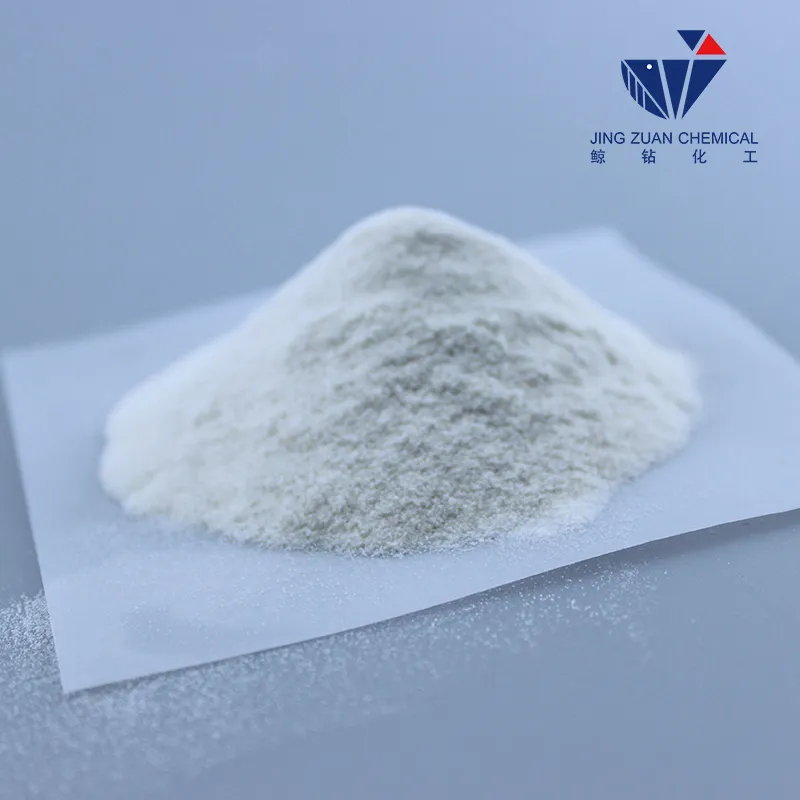
Oct . 18, 2024 03:01 Back to list
HPMC Varieties and Their Applications in Pharmaceuticals and Food Industries
HPMC Grades and Their Uses A Comprehensive Overview
Hydroxypropyl Methylcellulose (HPMC) is a popular and versatile cellulose ether derived from natural cellulose. It has gained immense traction across various industries due to its unique properties, including thickening, emulsifying, stabilizing, and film-forming capabilities. HPMC is produced through a chemical modification process that introduces hydroxypropyl and methyl groups into the cellulose structure, resulting in a compound that is soluble in cold water and devoid of any ionic charge. This article will explore the main grades of HPMC and their specific applications in different sectors.
HPMC Grades
HPMC comes in several grades that cater to different functionalities and requirements
. The primary classifications include1. Low Viscosity Grades These grades exhibit low viscosity when dissolved in water. They are suitable for applications where a thin consistency is necessary. Low viscosity HPMC is commonly used in products such as paints, food coatings, and as an additive in pharmaceutical formulations to enhance the solubility of active ingredients.
2. Medium Viscosity Grades Medium viscosity HPMC provides a balanced performance that is effective for a range of applications. These grades are particularly popular in the construction industry for cementitious materials, where they contribute to workability, water retention, and the improvement of mechanical properties.
3. High Viscosity Grades High viscosity HPMC is used where thickening agents are critical. This grade is prevalent in personal care products, such as lotions and creams, where it helps to achieve a desirable texture and stability. Additionally, in food products, high viscosity HPMC acts as a gelling agent, aiding in stabilizing emulsions and suspensions.
4. Hydroxypropyl Methylcellulose Ethers These encompass grades modified specifically for thickening, foaming, and emulsifying properties. They find extensive use in cosmetics, pharmaceuticals, and food products.
Applications of HPMC
hpmc grades and uses

Given its versatile properties, HPMC is utilized in an array of applications across different industries
- Construction Industry HPMC plays a crucial role in the construction sector. It is added to dry-mix mortars, tile adhesives, and self-leveling compounds to improve the workability of the mixture, enhance water retention, and prolong the pot life. The inclusion of HPMC ensures better adhesion and flexibility in applications, making it essential for the production of high-quality construction materials.
- Pharmaceuticals In the pharmaceutical industry, HPMC is commonly used as a binder, disintegrant, and controlled-release agent in tablet formulations. Its ability to form a gel in the presence of water allows for modified drug release profiles, making it a preferred choice for extended-release medications. Additionally, HPMC is utilized in ophthalmic products due to its compatibility with biological tissues and its ability to maintain moisture.
- Food Industry HPMC serves as an emulsifier and thickening agent in various food products. It is widely used in sauces, dressings, and baked goods to enhance texture and stability. Moreover, due to its food-grade status and non-toxic nature, HPMC is a valuable ingredient in vegetarian and vegan products as a substitute for gelatin.
- Cosmetics and Personal Care The cosmetic industry extensively uses HPMC for its thickening and film-forming properties. It is found in products like shampoos, conditioners, creams, and lotions, where it improves consistency and enhances the sensory experience. Moreover, HPMC acts as a stabilizer in emulsions, ensuring the even distribution of ingredients.
- Agriculture HPMC is occasionally used in the agricultural sector as a soil conditioner and crop protection agent. It helps retain soil moisture and improve the efficiency of fertilizers by enhancing their adhesion to the soil particles.
Conclusion
HPMC's diverse grades and outstanding properties make it an invaluable asset across various sectors, from construction and pharmaceuticals to food and cosmetics. Its ability to modify texture, improve stability, and enhance performance ensures that HPMC remains a crucial ingredient in numerous formulations. As industries continue to evolve, the demand for tailored HPMC solutions is likely to grow, driving innovation and development in its manufacturing processes and applications. Understanding the different grades of HPMC and their specific uses will empower manufacturers to select the right formulation for their particular needs, ultimately contributing to improved product quality and user satisfaction.
-
Versatile Hpmc Uses in Different Industries
NewsJun.19,2025
-
Redispersible Powder's Role in Enhancing Durability of Construction Products
NewsJun.19,2025
-
Hydroxyethyl Cellulose Applications Driving Green Industrial Processes
NewsJun.19,2025
-
Exploring Different Redispersible Polymer Powder
NewsJun.19,2025
-
Choosing the Right Mortar Bonding Agent
NewsJun.19,2025
-
Applications and Significance of China Hpmc in Modern Industries
NewsJun.19,2025







